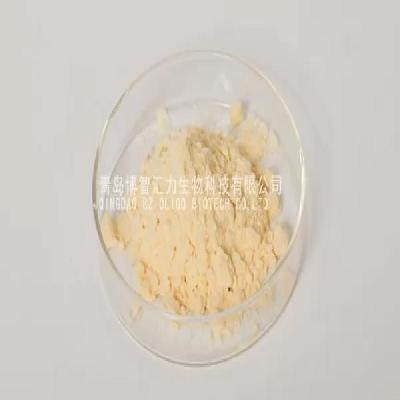-
Categories
-
Pharmaceutical Intermediates
-
Active Pharmaceutical Ingredients
-
Food Additives
- Industrial Coatings
- Agrochemicals
- Dyes and Pigments
- Surfactant
- Flavors and Fragrances
- Chemical Reagents
- Catalyst and Auxiliary
- Natural Products
- Inorganic Chemistry
-
Organic Chemistry
-
Biochemical Engineering
- Analytical Chemistry
-
Cosmetic Ingredient
- Water Treatment Chemical
-
Pharmaceutical Intermediates
Promotion
ECHEMI Mall
Wholesale
Weekly Price
Exhibition
News
-
Trade Service
Compared with renewable energy electrolysis of water to hydrogen production technology, obtaining fuel hydrogen by purifying industrial by-product hydrogen is a cheaper way
to produce hydrogen at this stage.
The oxygen ion conduction membrane composed of metal oxides has 100% selectivity for oxygen, and the high-temperature water decomposition reaction and the industrial by-product hydrogen combustion reaction are coupled on both sides of the dense oxygen ion conduction membrane, which can realize the low-purity hydrogen combustion reaction, and then drive the water decomposition on the other side of the membrane to directly obtain hydrogen without carbon monoxide for hydrogen fuel cells
.
However, oxygen ion conduction membranes are usually exposed to atmospherescontaining H2,CO2, H2S, H2O, CH4, etc.
, so it is common for membrane materials containing cobalt or iron to face the problem
of poor reduction corrosion resistance.
Therefore, it is urgent to develop oxygen ion conduction membranes suitable for by-product hydrogen purification to provide technical support
for the development of distributed hydrogen energy.
In the early stage of the development of oxygen ion conduction membrane materials (Angew.
Chem.
Int.
Ed.
2021,60,5204-5208; Chem.
Mater.
2019,31,7487-7492; AIChE J.
2019,65,e16740), recently, Jiang Heqing, researcher of the membrane separation and catalysis research group of Qingdao Institute of Bioenergy and Process Research, Chinese Academy of Sciences, proposed that the interface reaction-self-assembly technology constructs an ultra-thin oxygen ion transfer film on the surface of the ceramic oxide membrane to form a multi-layer structure ceramic membrane, which is used to stabilize and efficiently purify industrial by-product hydrogen and produce CO-free hydrogen
.
Compared with the traditional membrane making process, the oxygen ion conduction membrane constructed in situ by this technology is very thin (~1 μm), dense and firmly adheres to the support layer, which can significantly reduce the oxygen ion transport resistance, avoid film delamination or peeling, and maintain the integrity
of the multilayer ceramic membrane.
In addition, this process requires only one heat treatment, which is expected to reduce the preparation cost
of multilayer structural ceramic membranes.
This method is suitable for more than ten different ceramic systems and has good universality, among which the oxygen ion conduction film contains Ce 0.
9 Gd 0.
1 O 2-δ, Y 0.
08 Zr 0.
92 O2-δ, Ce 0.
9 Pr0.
1 O 2-δ, Ce0.
9Sm0.
1O2-δ, etc
.
The multilayer structure ceramic membrane with ultra-thin oxygen ion conduction membrane developed by the researchers will be used as a membrane reactor for industrial by-product hydrogen purification, and it will run continuously and stably for more than 1000 hours under H 2, CH4, CO 2, H2S, H 2 O atmosphere, showing excellent stability and hydrogen
。
The high-performance oxygen ion conduction membrane developed by this study is expected to provide technical support for industrial by-product hydrogen purification, solid oxide fuel cell/electrolytic cell and oxygen sensor, and provide a new strategy
for the preparation of other high-performance multilayer structural ceramics with functional thin layers.
Recently, the relevant research results have been published in the German Journal of Applied Chemistry, and one Chinese invention patent and one international patent
have been applied.
The research work has been supported
by the National Key Research and Development Program of China, the National Natural Science Foundation of China, the Key Foreign Cooperation Project of the International Cooperation Bureau of the Chinese Academy of Sciences, and the Youth Innovation Promotion Association of the Chinese Academy of Sciences.
Interfacial reaction-self-assembly technology to prepare multilayer structure oxygen ion conduction membrane







